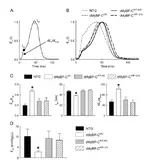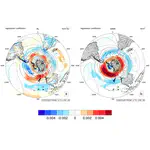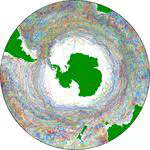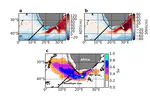Biography
Yu has 10 years of experience using pioneering high-resolution climate models to study the ocean and its role in the climate system. Coming from Taiwan, he is a big fan of all weather phenomena and the latest technology. With an atmospheric science background, he is passionate about combining his experiences in climate modeling, software engineering and data science to solve more challenging problems.
Fun facts: Yu loves all sports with racquets. He plays in local tennis leagues school badminton clubs and has been stringing racquets for friends for many years. One of his dearest memories from Miami was serving as a ballperson at Miami Open and handing towels to Rafael Nadal.
- Data-driven Organization
- ML/AI Application
- Predictive Modeling
- Data Visualization
PhD in Meteorology and Physical Oceanography, 2018
University of Miami
BSc in Atmospheric Sciences, 2010
National Taiwan University
Experience
- Implemented and deployed ML solutions tailored to clients’ objectives, resulting in improved business performance through meticulous exploratory analysis, metric definition, and continuous evaluation of data science life-cycle outcomes.
- Orchestrated a CNN-based illegal fishing vessels detection and labeling system, designing and implementing end-to-end data workflows for large-scale data ingestion, processing, tagging, and publishing.
- Explored Agulhas Leakage variability through a state-of-the-art high-resolution climate model using Lagrangian particle analysis and open-source tools, resulting in 4 peer-review articles.
- Organized and led weekly discussion sessions, developed the final exam problems for the course Current topics of Weather and Climate, graded weekly quizzes, exams, and final term-papers.
- Coordinated with the instructor to synthesize news articles regarding climate change, mitigation, and policy to be covered in the lectures for the course Climate and Global Change
Recent Posts
Projects
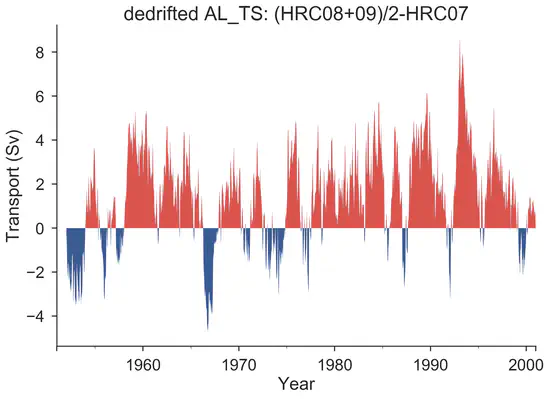
Climate changes in the high-resolution 20th century simulation
We noticed that Agulhas leakage is indeed higher in the year 2000 CO2 level control runs, but no significant increasing trend in the climate change simulation. It might be due to the equilibrium timescale of westerlies to changing CO2, or an internal bias of our high-res CCSM.

Large-scale forcing dominates interannual variability of Agulhas leakage
The interannual variability of Agulhas leakage is accessed in an ocean eddy resolving coupled simulation to test the hypothesis that, on such timescales large-scale forcing dominates leakage variability, regardless of eddy structures.
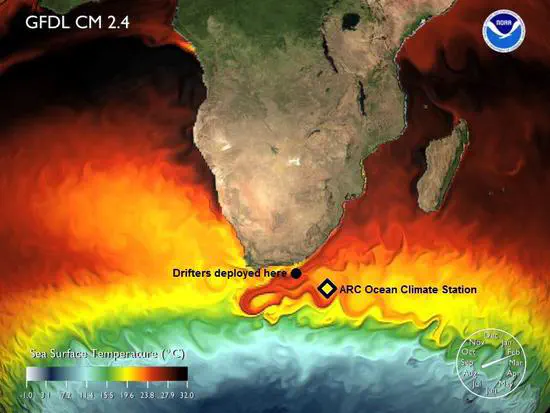
Quantifying Agulhas leakage in a high-resolution coupled climate model
The senstivity of leakage estimates to the model output velocity frequency needs to be addressed before we can apply it to investigate its link to climate variability.



